Tombstones are a special type of document that can provide valuable information about local history and culture. Ancient tombs help identify the first immigrants in the area.
Therefore, this document has an important meaning and role, especially in areas where other documentary heritages such as royal decrees, funeral orations, inscriptions, and land documents in communal houses, pagodas, temples, and private homes no longer exist.
In Gia Lai (old) there are only about 10 ancient tombs with steles left. “Although few, they are valuable, because this is concrete scientific evidence proving the process of Kinh people migrating to establish villages in this highland. Decoding the tombstones can change the perception of history and culture of a locality,” said Dr. Luu Hong Son (Gia Lai Provincial Museum).
In mid-June, we received an invitation to attend the death anniversary of our ancestors and the 100th anniversary of the founding of Phu Can village, Phu Can commune, Krong Pa district (old), now part of Phu Tuc commune (new).
According to local folklore, more than a hundred years ago, immigrants from Phu Yen came to the highlands to trade with the indigenous Jrai people, with the main products being fish sauce, salt, and dried fish in exchange for forest products. After many trades, the Kinh people in Phu Yen realized that this land was near the river basin, the land was fertile, flat, and suitable for wet rice cultivation. They decided to reclaim and settle in the new land, calling on more villagers from Phu Yen to establish Phu Can village in 1925. The person with the greatest contribution in recruiting people to establish the village was Mr. Phan Huu Phan.
According to the regulations of the government at that time, "anyone with enough money and strength, who wants to requisition land, can do so". Thanks to the encouragement of the local government at that time, Mr. Phan returned to his hometown Phu Yen and recruited 19 families to move to the land that is now Thim hamlet and Thang Loi village, Phu Tuc commune, to establish Phu Can village in 1925.
Dr. Son took me to the Temple of the Ancestors, then to visit the tomb of the Ancestors. The tomb is located in Thim village, about 500m northeast of the temple, surrounded by residential gardens and a number of scattered ancient tombs. The tomb is built of lime mortar, surrounded by a citadel, the grave is bare without a mound, in front there is a gate, a screen and a stele. Although built in 1942, the tomb is still quite intact. In 2019, the local people and authorities renovated it, built a fence, a roof and made a new tomb. The tomb of the Ancestors stands out from the surrounding tombs in its different scale and style.
Dr. Son said that in 2022, during a business trip to Krong Pa, he visited the tomb of the late Tien Hien for the first time and made important discoveries thanks to decoding the intact stele at the tomb. The information about the year of birth, date of death, and year of tomb construction engraved on the original stele is different from the information previously published about the late Tien Hien. The inscriptions on the stone stele, even after more than 80 years, are still intact and sharp. The entire text on the stele consists of 37 words recording relatively complete information about the late Tien Hien. Dr. Son translated: “The tomb of the Chief Tomb Owner, rank of Ninth Rank, position of Captain, surname Phan. Date of birth unknown, year Canh Dan, i.e. 1890. Died at the hour of Dau (17-19 hours) on May 29, year Canh Thin, 1940. The tomb was established in April 1942”.
Villagers said that during his lifetime, the Elder wholeheartedly helped the poor who came from far away to do business by dividing their land, giving them places to live and land to cultivate. He established good relations with the local ethnic minorities, creating a good tradition of Kinh-Jrai exchange in Phu Can village. Therefore, when he passed away, the villagers respected him as a sacred tutelary god who could protect and help the villagers, as a god of fortune who brought luck and good fortune to the people. Dr. Son said that in 2023, he was in charge of making a dossier for the provincial-level historical relic "Phu Can Village's Elder Temple". Taking this opportunity, he spent a lot of time conducting field surveys in many localities, meeting many witnesses in Gia Lai and Phu Yen to collect documents and verify information. The implementation of the relic dossier revealed more valuable information about the background of the Elder and other predecessors of Phu Can village.
An interesting discovery was the accidental discovery of the tomb of the wife of Mr. Tien Hien, who was buried next to the temple, right in the garden of the fourth generation grandson, Mr. Phan Huu Tam. Dr. Son said that the reason for saying "discovery" was because no one knew that it was the grave of the old lady, not only the villagers but also the descendants of the family like Mr. Tam only knew that she was "the maternal great-grandmother", and no one knew her name or relationship with Mr. Tien Hien. It was not until Dr. Son accidentally mentioned searching for ancient tombs that Mr. Tam led her to the back garden and discovered the grave of the old lady.
The shape and style of the old lady's tomb are exactly the same as the old man's tomb, except that the proportions of the stele, gate, surrounding wall, and coffin are a few centimeters smaller than the old standard. The inscription on this stele is also intact. According to Dr. Son, this is: "The tomb of Mrs. Nhu Nhan, surname Vo, granted a royal proclamation, the wife of the Chief Tomb Master, ninth-rank Captain, surname Phan. Date of birth unknown, year of Mau Tuat, ie 1898. Died on April 17, year of Ky Mao, ie 1939".
“When I saw this grave and the stele, I trembled with emotion, because I had found things that I thought had been forgotten by history,” Dr. Son shared. He further explained that in the anecdotes, memories, oral stories and local documents over the past decades, it has been said that Mr. Tien Hien came to Phu Can when he was just over 20 years old (because it is believed that he was born in 1903), without family, wife or children. But now when it comes to conflicting information, that Mr. Tien Hien came to Phu Can to establish the village when he was 35 years old and had a wife, many people doubt the authenticity of the new information.
The meeting with Mr. Phan Huu Tam's aunt, Ms. Le Thi That, born in 1944, who came from Phu Yen to attend the 2024 death anniversary of Tien Hien, helped Dr. Son discover more important details about Tien Hien's family. Accordingly, Tien Hien not only had a wife, but also two daughters, and his descendants. This made the villagers even more incredulous. Only when the relic records were completed with clear and convincing evidence did the villagers of Phu Can acknowledge the information discovered, verified, and published by Dr. Son.
The Phu Can village Ancestor Temple is modest in size, with simple architecture, clean and cozy because the villagers regularly offer incense, flowers and take care of the temple. Inside, there are three altars to the village's ancestors. The temple faces the year-round green rice fields.
This year, the Ancestor's death anniversary was held more solemnly than previous years, attracting about 700 attendees, on the occasion of two important events. One is the recognition of the Phu Can Ancestor Temple as a provincial-level relic. The other is the 100th anniversary of Phu Can's founding. Villagers and descendants working far away took this opportunity to return to the village to burn incense and express their gratitude to their ancestors. For the people here, May 28 is not only a day to commemorate the Ancestor, but also a day to show gratitude to the predecessors and descendants who have contributed to reclaiming, protecting and developing the village over a hundred years of history. This day is considered the founding day of Phu Can village and the biggest village festival of the Kinh people in the old Krong Pa district.
Source: https://baolamdong.vn/doc-dao-kho-tu-lieu-han-nom-o-gia-lai-381008.html




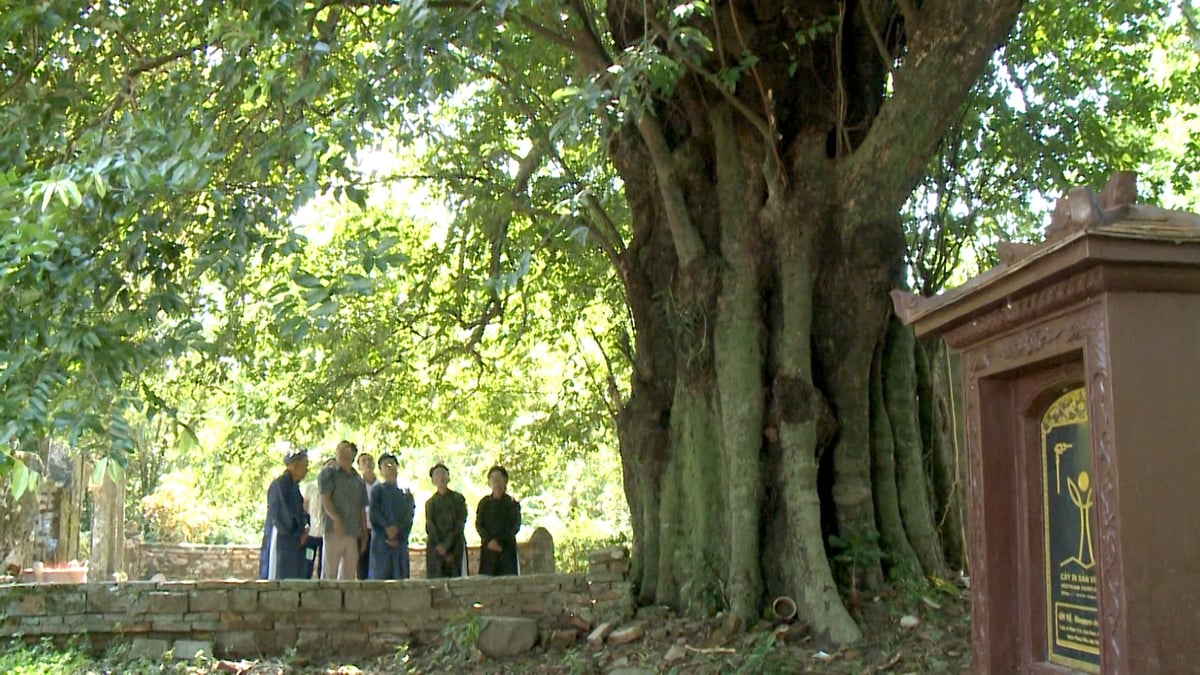



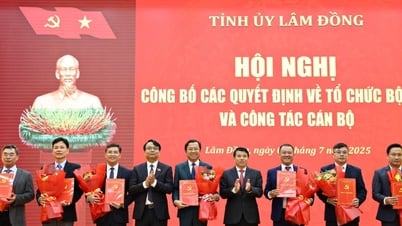


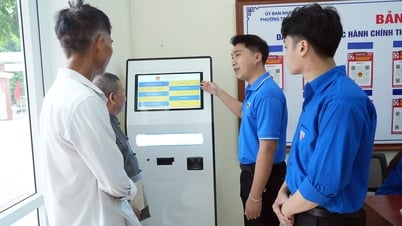












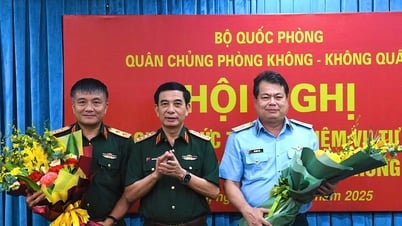



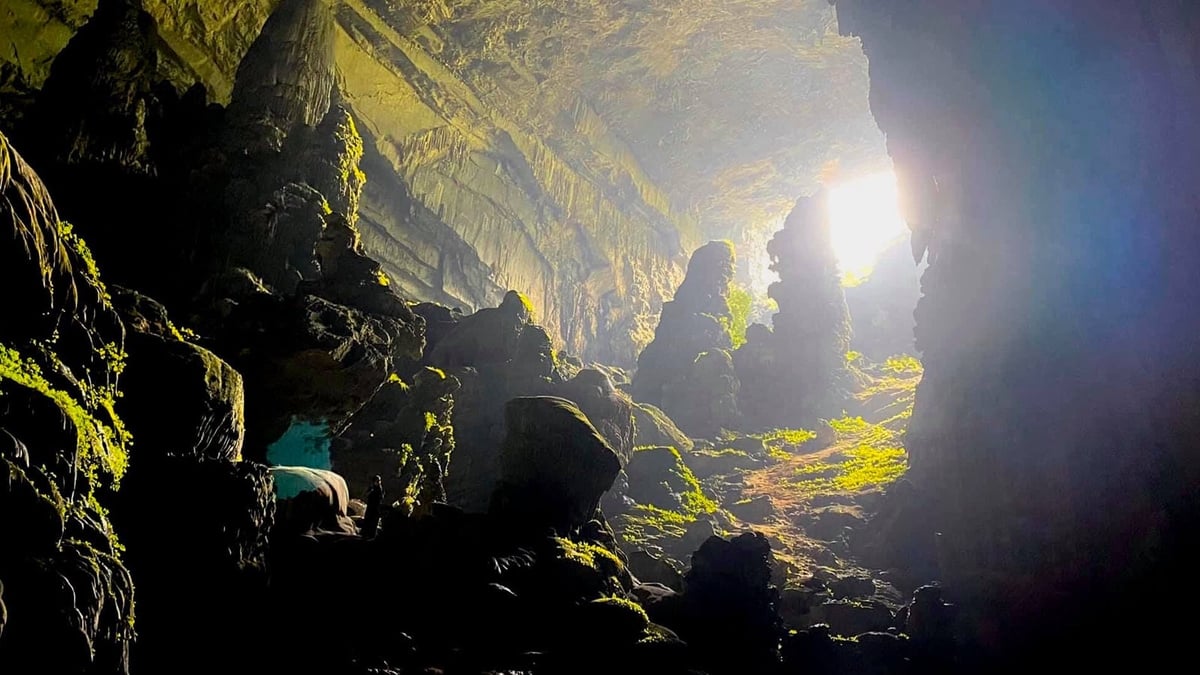
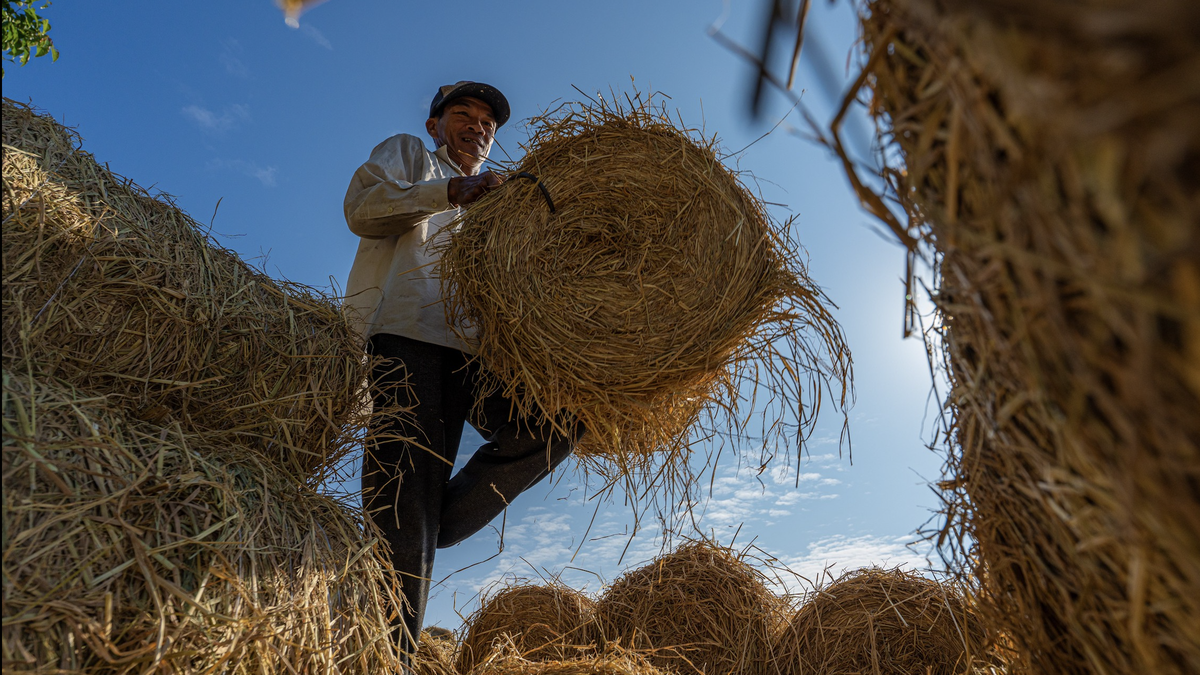


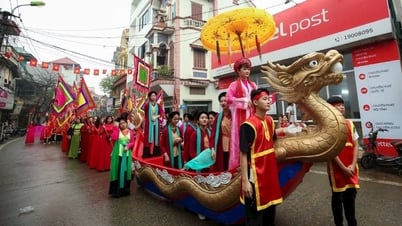

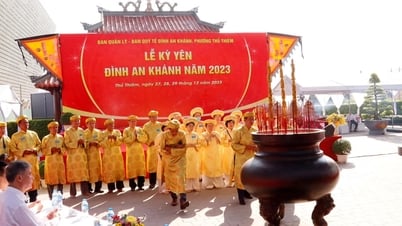

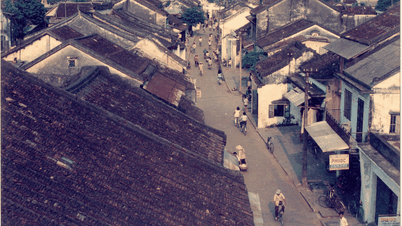
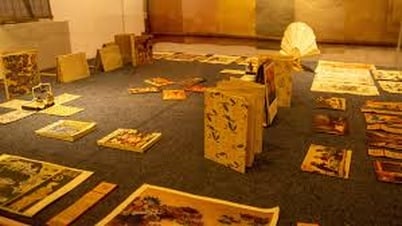

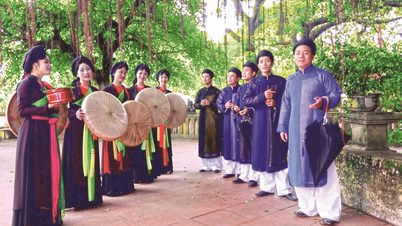

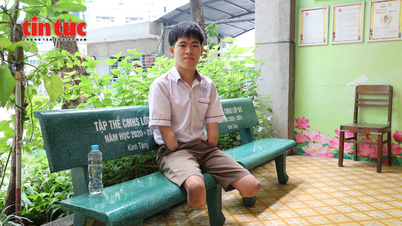

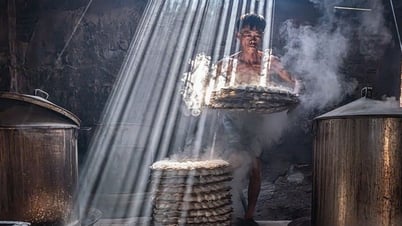



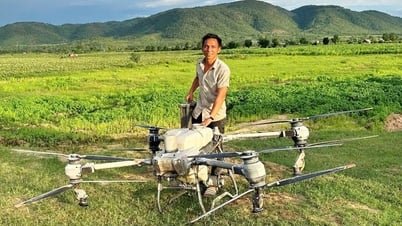

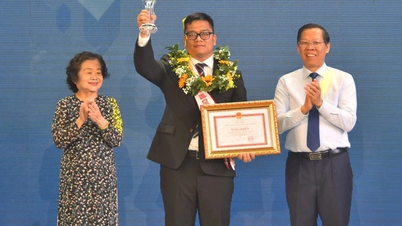





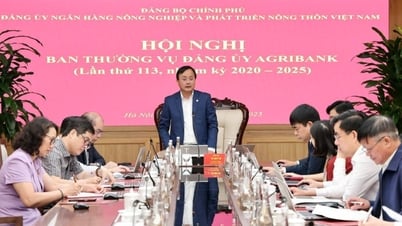

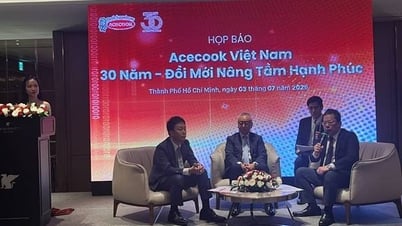



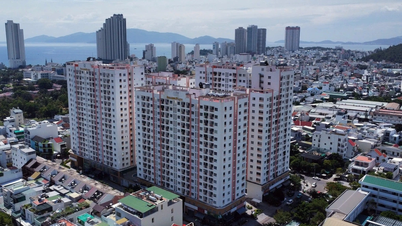

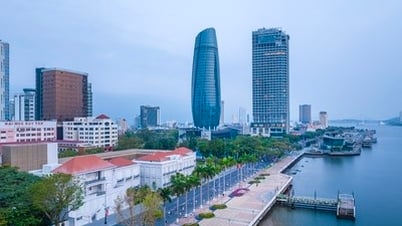








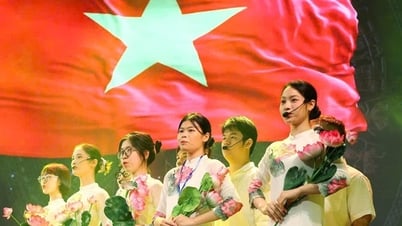
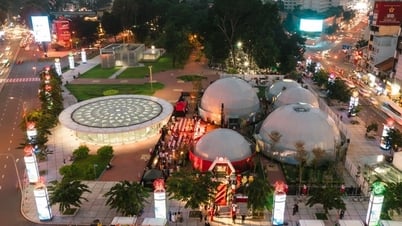

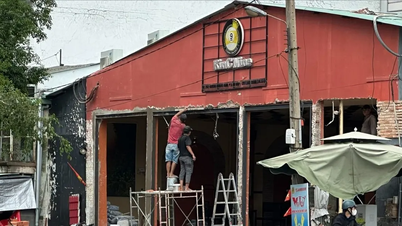

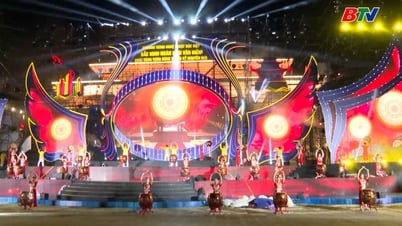

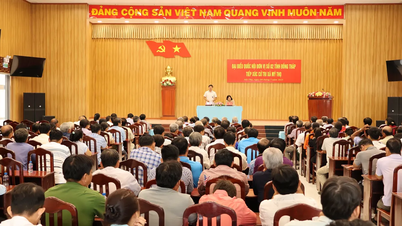
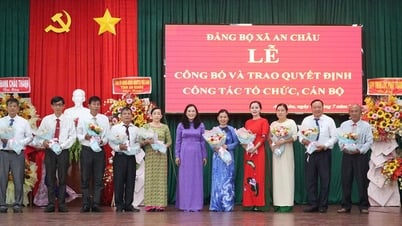


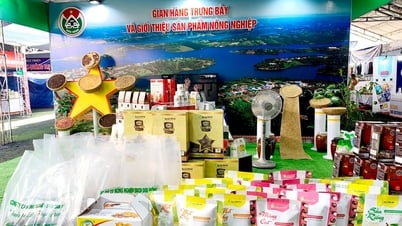
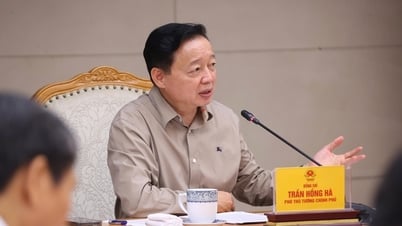
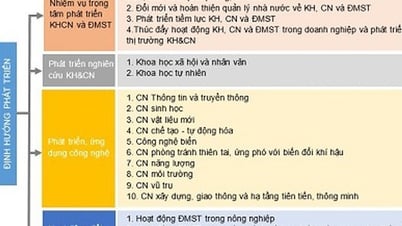

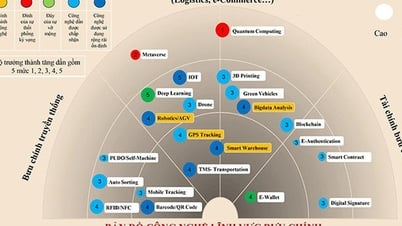
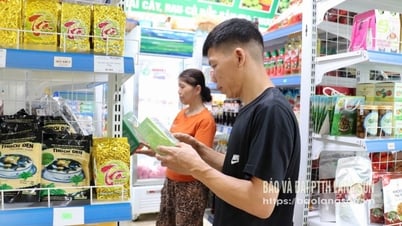


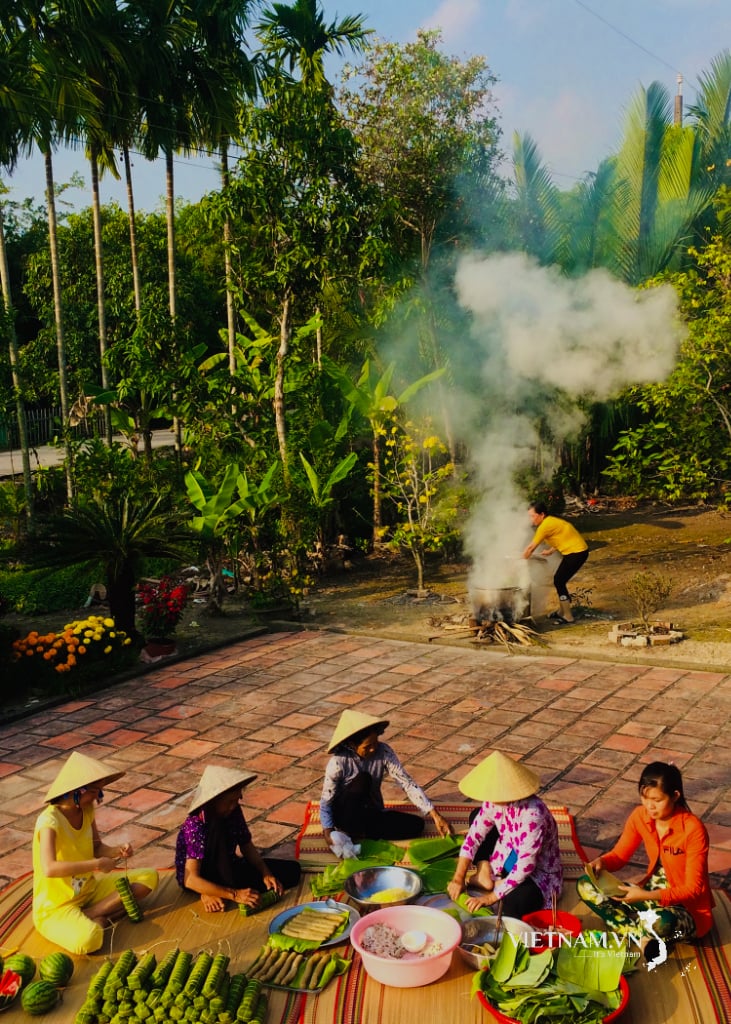
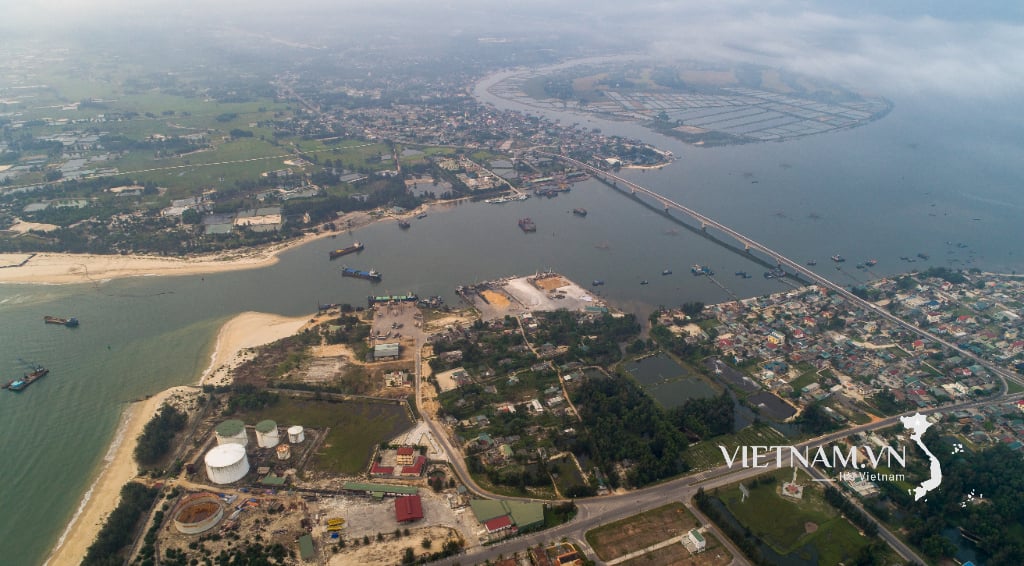
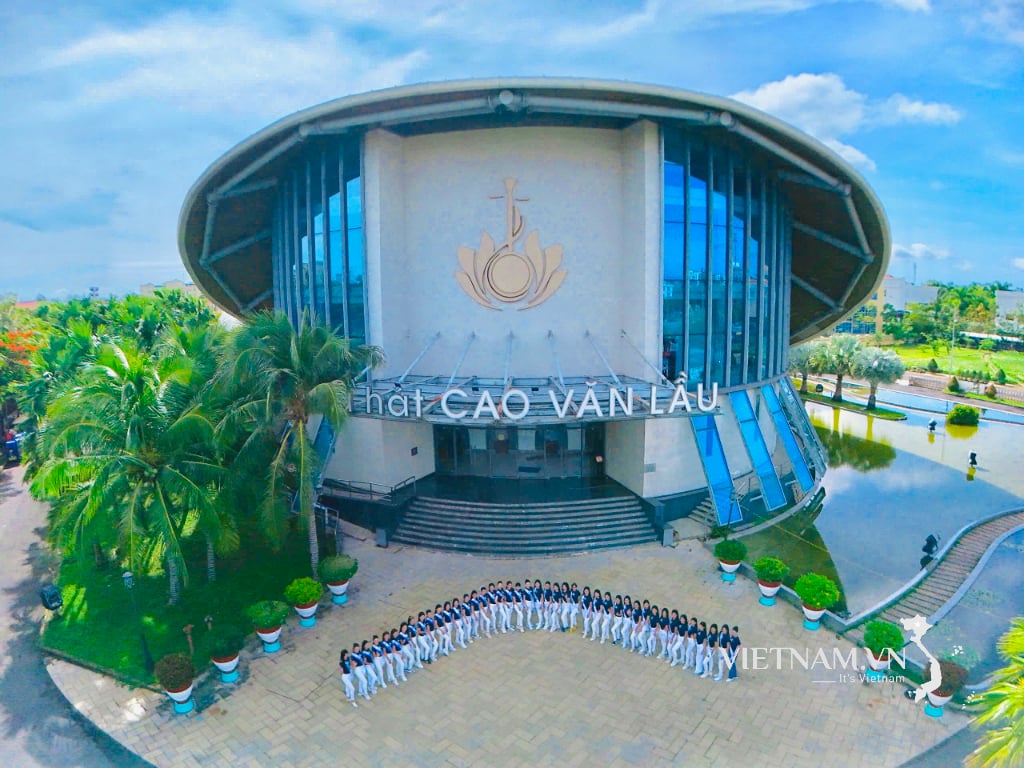

Comment (0)